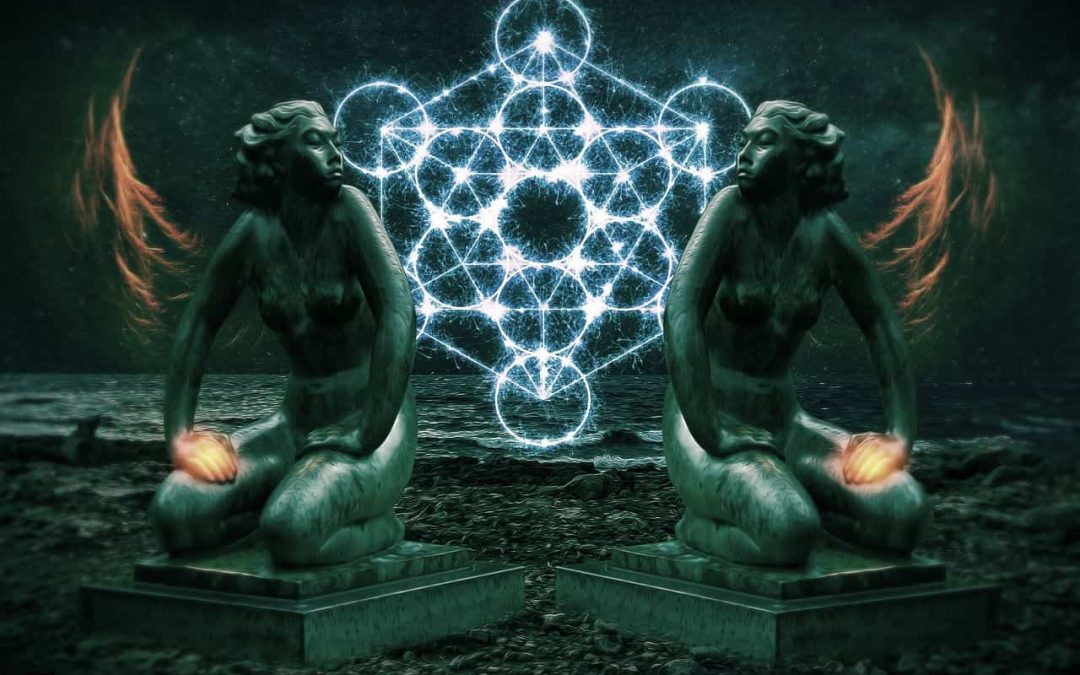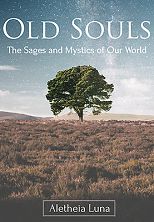For centuries, alchemy has become synonymous with gaining wealth and immortality.
But this perception of alchemy is largely misguided: it stems from confusing the metaphors of original alchemy with reality. Alchemy, as a result, became a pseudo-science of transforming lead into gold.
These days, alchemy is thought of as something quaint, even a little occult; a relic of the dark ages.
But there is tremendous wisdom to be found within this obscure, archaic philosophy.
Contrary to popular belief, alchemy is not about transmuting base metals into gold – instead, it’s the secret science of illumination and inner liberation.
What is Spiritual Alchemy? (Definition)
Aurum Nostrum Non Est Aurum Vulgi: Our gold is not common gold. – Alchemist saying
Whether you understand Alchemy as a science or as a psychospiritual instrument, alchemy is ultimately concerned with transformation and change.
While physical alchemy is concerned with altering and transforming the properties within matter, spiritual alchemy is concerned with freeing your spiritual self which is trapped within you by the unrefined parts of yourself (e.g., your fears, personal beliefs, self-loathing, etc.). Spiritual alchemy is vastly more multi-faceted.
Perhaps the most fascinating aspect of spiritual alchemy is its objective: to free you from your core wounds, core beliefs, soul loss, and other self-destructive personality structures in order for you to live freely and unobstructed.
Existing in “pure being,” or soulful awareness is the ultimate state of transformation – the gold – of spiritual alchemy. It attempts to restructure your personality and the various levels of attachment, avoidance, and identification you possess.
These days, we can thank famous psychiatrist C. G. Jung for the continued interest in alchemy. Much of his theory is heavily steeped in the rich symbolism of alchemy, creating a colorful and sophisticated roadmap by which we can learn to get ourselves “out of our own way,” stop being our own enemies and allow our fullest potential to unfold.
Jung, Symbolism, and The Science of Transformation
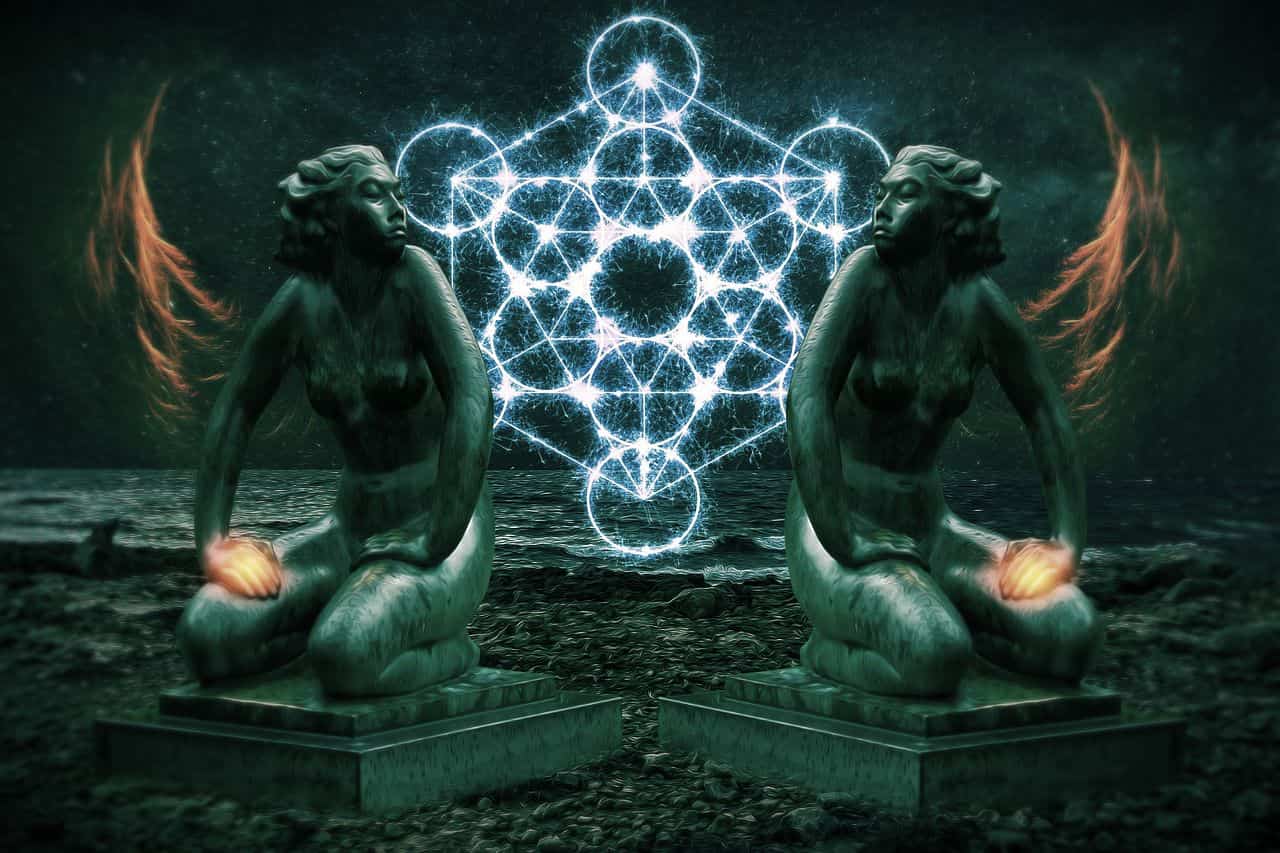
Famous Swiss psychiatrist Carl Jung is commonly recognized as the main advocate and promoter of alchemy. He argued that he had noticed many of the symbols found in alchemy texts mysteriously showing up in the dreams of his patients – most of whom had no prior knowledge of Alchemy.
He concluded that alchemy was a superb expression of the universal symbols of life, and was, therefore, a highly effective tool for psychological insight. Materia Prima, The Philosophers Stone, and Gold are the most commonly known symbols relating to Alchemy.
Materia Prima (or “first matter”), is an Alchemic symbol that reflects the notion that all the universe originated from a primitive, formless base. The idea of a “Materia Prima” can be traced back to Aristotle who understood that there is a force that holds all other forms in existence together but is itself invisible – these days, we call it “Spirit.” This invisible womb or unseen force is a field of pure potential that can only come into existence when it is embodied within a “form.”
In Alchemy, the “Materia Prima” or primal material is that which is left over after we have reduced matter into its purest essence. This is a powerful psychological symbol because it describes the internal process of arriving at a “core realization,” or in other words becoming aware of the root cause of a belief or trauma within us.
The 7 Stages of Spiritual Alchemy
Solve et coagula: Dissolve and coagulate. – Alchemist saying
The Latin expression “solve et coagula” is derived from “solve,” meaning to break down and separate, while “coagula” describes the process of bringing elements back together (coagulating) into a new, higher form.
Interestingly, “solve et coagula“is a wonderful psychological metaphor: by pursuing Gold (or listening to our intuitive “higher calling”) we “break down” limiting parts within us that are in the way of our transformation (Philosopher’s Stone) into a free and whole being (coagulation).
While there are no universal stages of alchemy due to the sheer number of different schools out there, these are some of the most widely accepted stages:
1. Calcination

Calcination is the process of heating and decomposing raw matter – or in other words, breaking down parts of ourselves that are in the way of our own happiness.Often we’d rather be right or fulfill an idea of “perfection” than be truly happy, so we continue neglecting the exploration of ourselves.
The stage of Calcination represents the stage in our lives where we begin breaking down our egos, self-doubt, stubbornness, self-sabotaging behavior, pride, and arrogance, and put it aside so we can find out what is underneath.
2. Dissolution
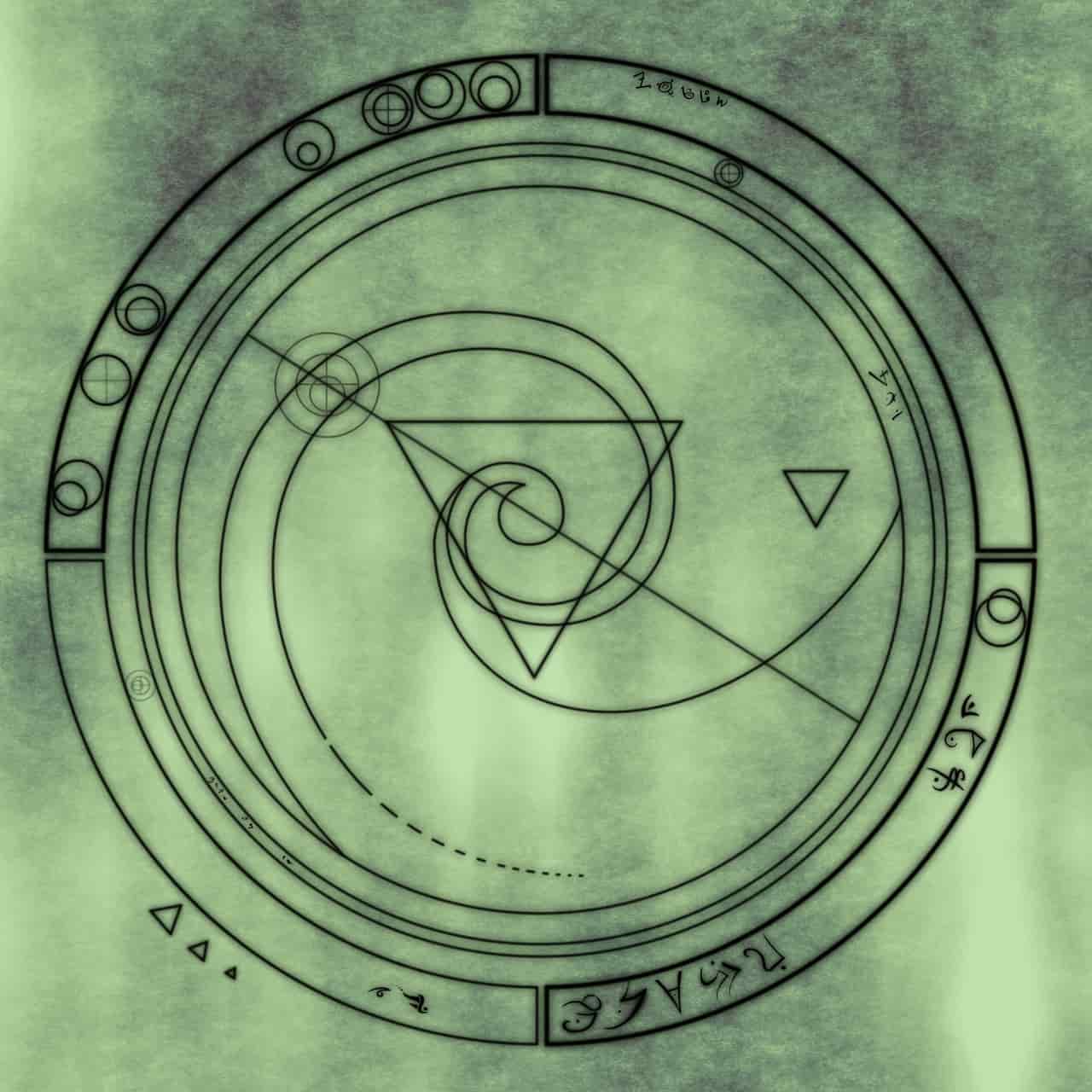
Once we have broken down all of our personality characteristics that were in the way, we are left with the process of dissolution which is the beginning of feeling less identification with our false sense of self. Once we are free from our pride or self-doubt, we can take one step back and truly observe our positive and negative qualities.
In this stage, our inability to take responsibility for our many faults, our avoidance of traumatizing memories, and other inner tensions rise to the surface, causing us to become aware of how our behavior might be affecting others. This is the beginning of spiritual maturityand the spiritual awakening process. Sometimes this stage of transformation is brought about accidentally by illnesses and misfortunes in our lives that cause us to really pay attention to what we’re doing, shocking us out of our avoidance patterns (such as workaholism, drugs and TV watching).
3. Separation
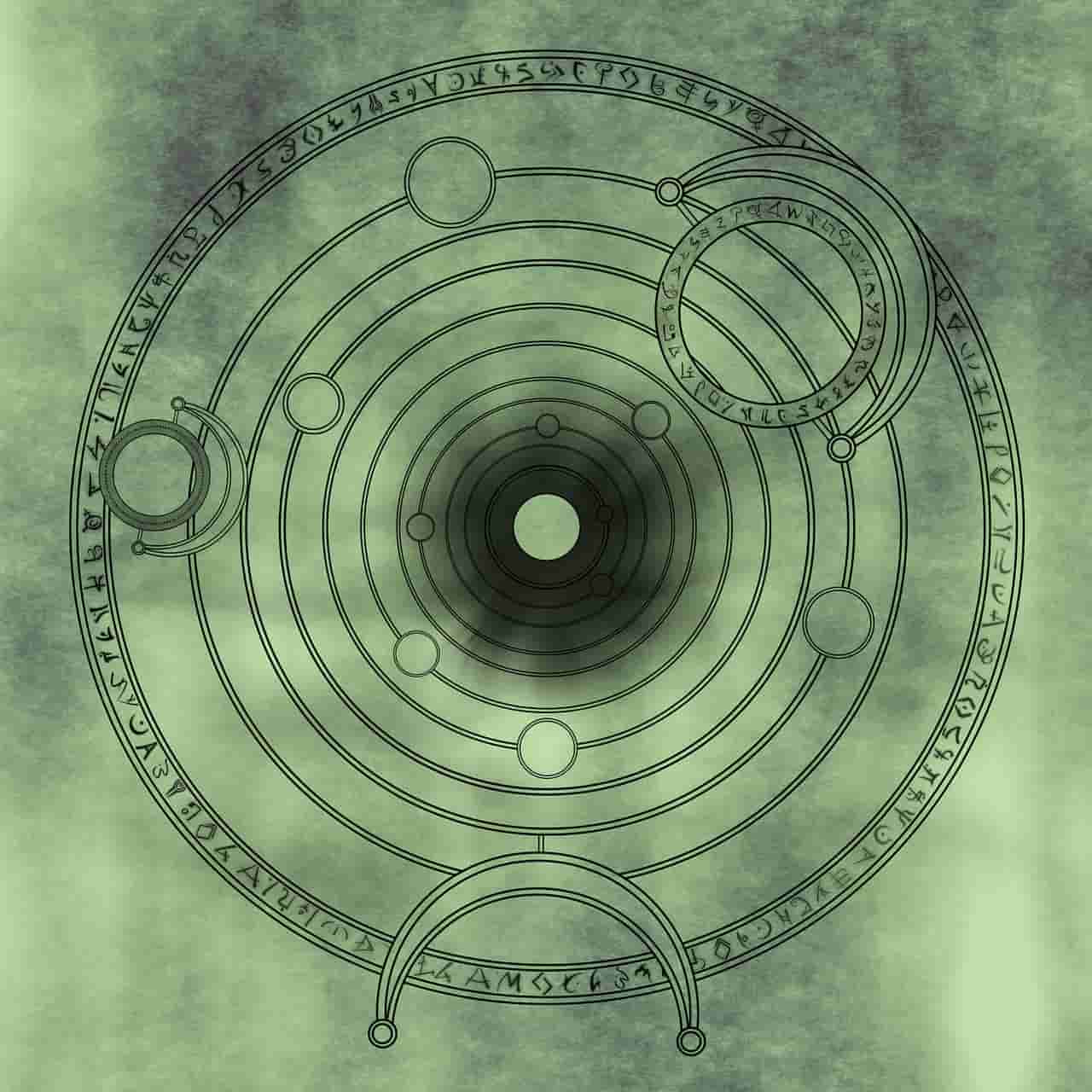
Separation is the stage where we make our thoughts and emotions more defined by isolating them from otherthoughts and emotions. A simple example is our attempt to free our heart from resentment while trying to forgive someone.
The process of separation involves truly becoming aware of our authentic feelings for a person, or for ourselves. In this stage, we choose to experience our anger, frustration, or disappointment towards another or ourselves, rather than reverting back to the old habit of dutifully trying to “forgive” or “forget” because it is the “right” or comfortable thing to do.
Separation is closely entwined with shadow work in that we must allow all feelings and thoughts within us to surface side by side. This helps us to isolate particular elements of our character in order to honestly see and assess them.
4. Conjunction
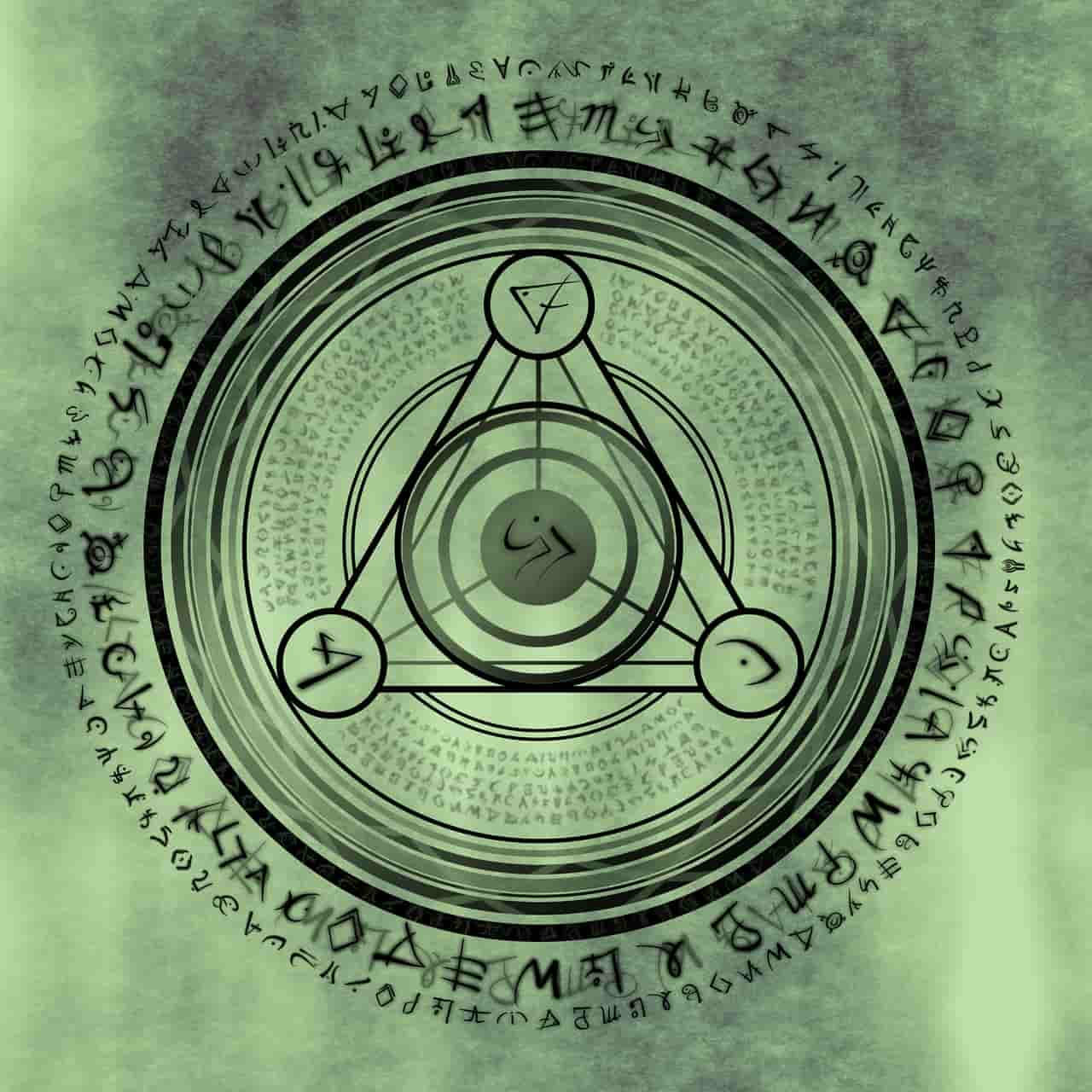
After the purification and clarification of the first three stages, we must properly combine the remaining elements within us through the process of “Conjunction.”
While in the previous step we separated and learned to distinguish all the separate feelings and thoughts within us, Conjunction provides the inner space – the simmering – that is required for us to truly and honestly accept all the parts of our authentic self.When we experience this stage of spiritual alchemy, all of our unconscious thoughts and feelings bubble up to the surface and into the light of conscious awareness.
In this stage, journaling, introspection, solitude, and meditation are particularly useful.
5. Fermentation
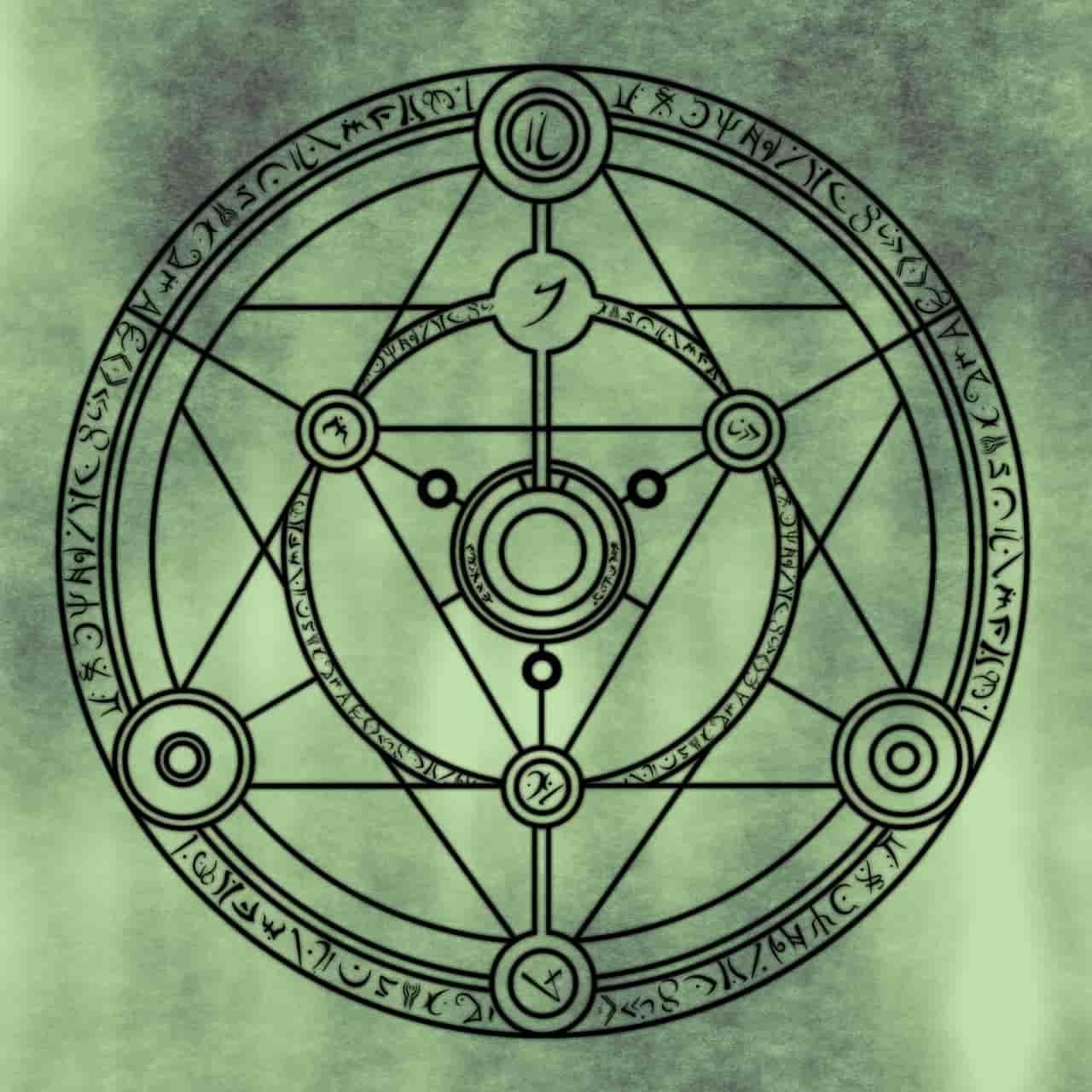
Fermentation is the beginning of our process of rebirth. This stage can be compared to the death of a grape, which then becomes the birth of wine. While the first four stages involved working with aspects of our old personality, in the stage of Fermentation we begin to experience moments of our more “refined” self.
Fermentation occurs in two parts: Putrefaction and Spiritization. Putrefaction is the decomposition of our former selves; the process of inner death by which the old elements of our conscious and unconscious minds are allowed to rot and decompose. (Some call this stage the dark night of the soul, as it can be followed by troublesome mental states such as depression.)
On the other hand, Spiritization is the stage in which we begin to look at the world in a new light. With the right guidance and with solid inner work, Spiritization involves letting go of all the aspects of ourselves and our lives that don’t serve or contribute to our spiritual transformation. This is when we taste moments of great inner peace and stillness.
6. Distillation
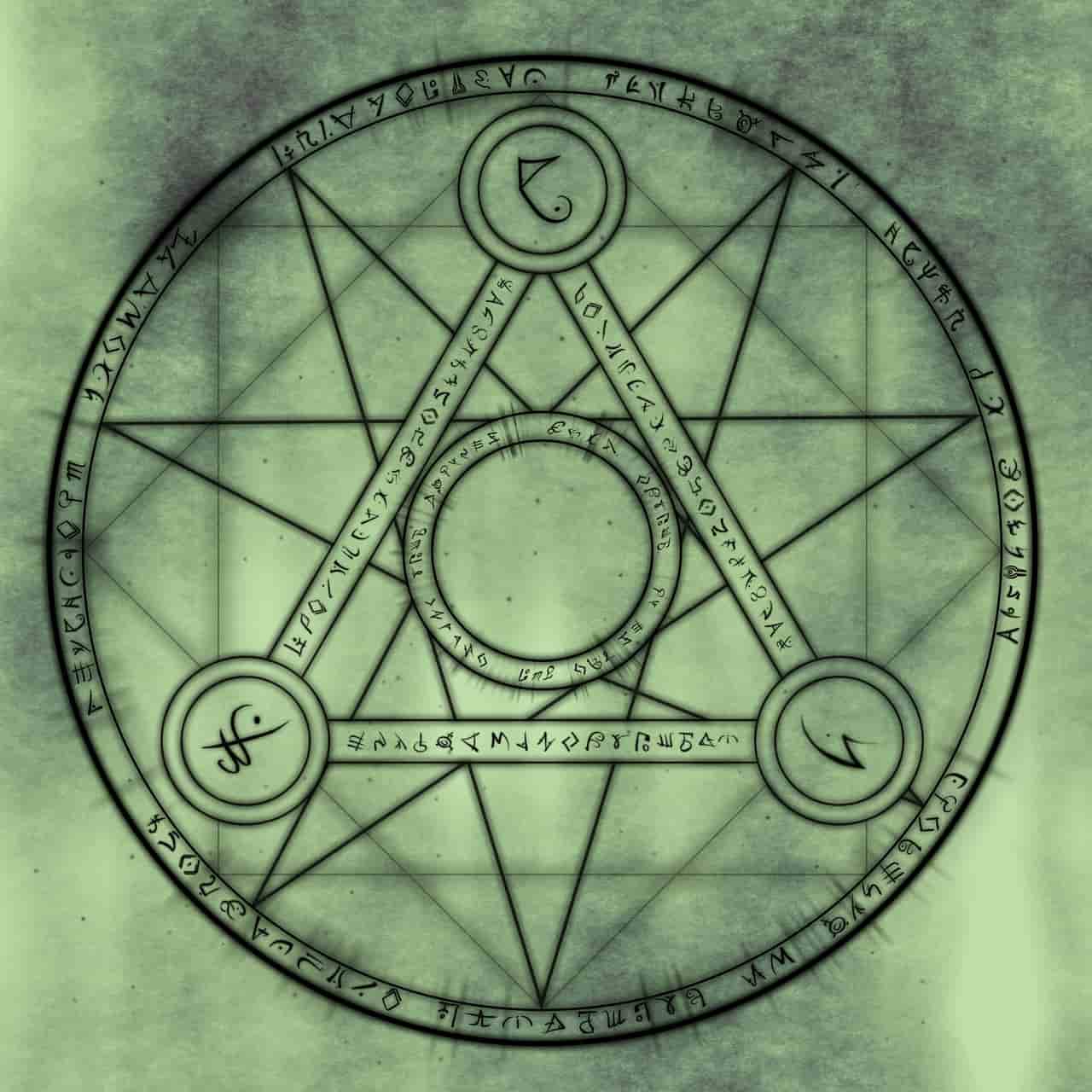
Once we begin our Spiritization we must find a way to continue to integrate all of these spiritual realizations into our lives in order to allow them to become permanent.Distillation is the level of further purification.
One example of Distillation is finding ways to live from a daily place of inner peace – even in the most mundane circumstances. With enough repeated practice of constantly dying and being reborn in the present moment without entering again into the habits, identifications, and cycles of the mind, we experience a strong and profound inner transformation. In the East, this is what is mostly defined as self-realization or “enlightenment.”
Certain practices such as mindfulness, meditation, yoga, and self-inquiry are useful in this stage.
7. Coagulation

Similar to the blood’s ability to form clots and stop bleeding, Coagulation is the moment when we’ve “broken open the head,” or in other words, we have become free from the mind and have allowed our consciousness or Soul to connect with the Materia Prima: the Spirit.
The meeting point between two opposites such as the spiritual self and raw matter, heaven and hell, and life and death, is the point where existence becomes self-aware. This is the moment when our lives are without duality; when matter becomes Spirit – or Spirit is manifested in material form.
In the stage of Coagulation, the physical universe is not separate from the mind or spiritual reality; it is a reflection of it.
***
Alchemy’s greatest achievement is to create an interrelationship between mind and matter, between self and world. It embodies and points to the union of opposites, the transcendence of division, and the Oneness of all beings.
I hope this article has helped to explain this mysterious topic more in-depth and illuminate your understanding.
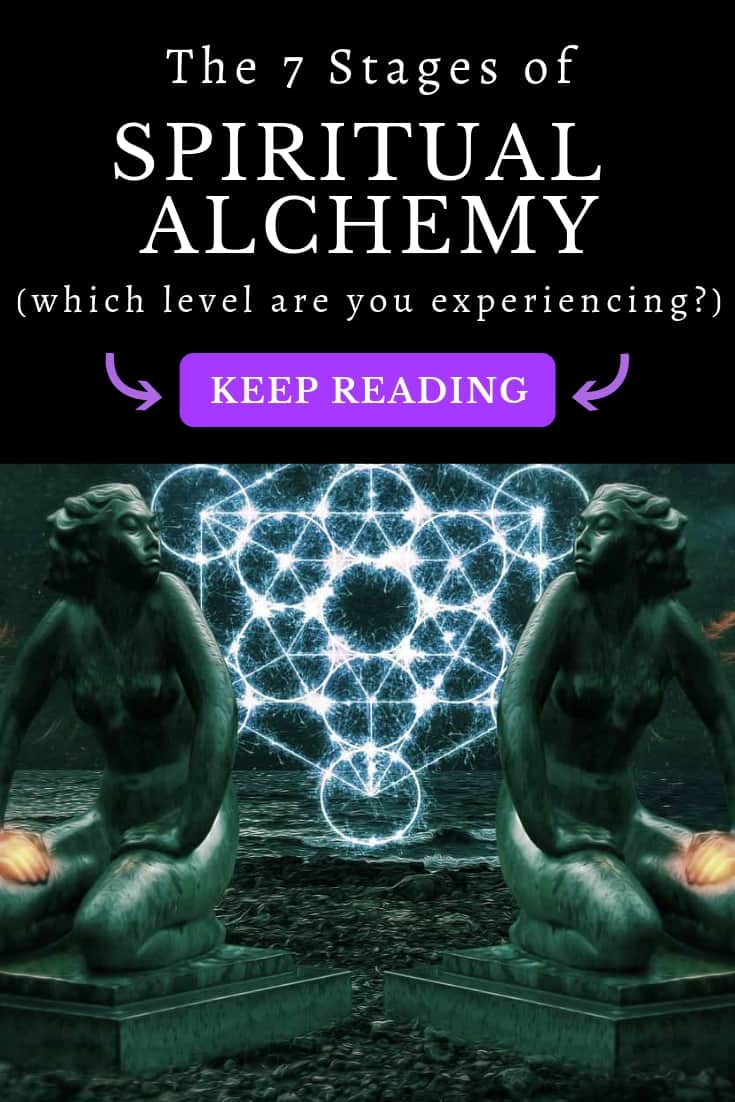
About Mateo Sol
Mateo Sol is a prominent psychospiritual counselor and mentor whose work has influenced the lives of thousands of people worldwide, he is currently based in Perth, Australia. Born into a family with a history of drug addiction, schizophrenia, and mental illness, Mateo Sol was taught about the plight of the human condition from a young age. As a spiritual counselor and mentor, Sol’s mission is to help others experience freedom, wholeness, and peace in any stage of life. [Read More]
SUPPORT OUR WORK
We spend hundreds of hours every month writing, editing and managing this website. If you have found any comfort, support or guidance in our work, please consider donating:
Come Follow Us on Twitter
Come Like Us on Facebook
Check us out on Instagram
And Sign Up for our Newsletter


